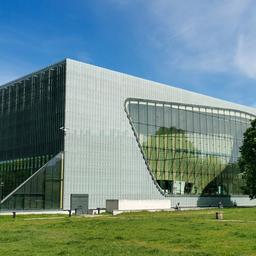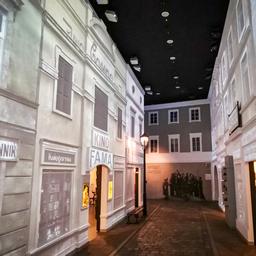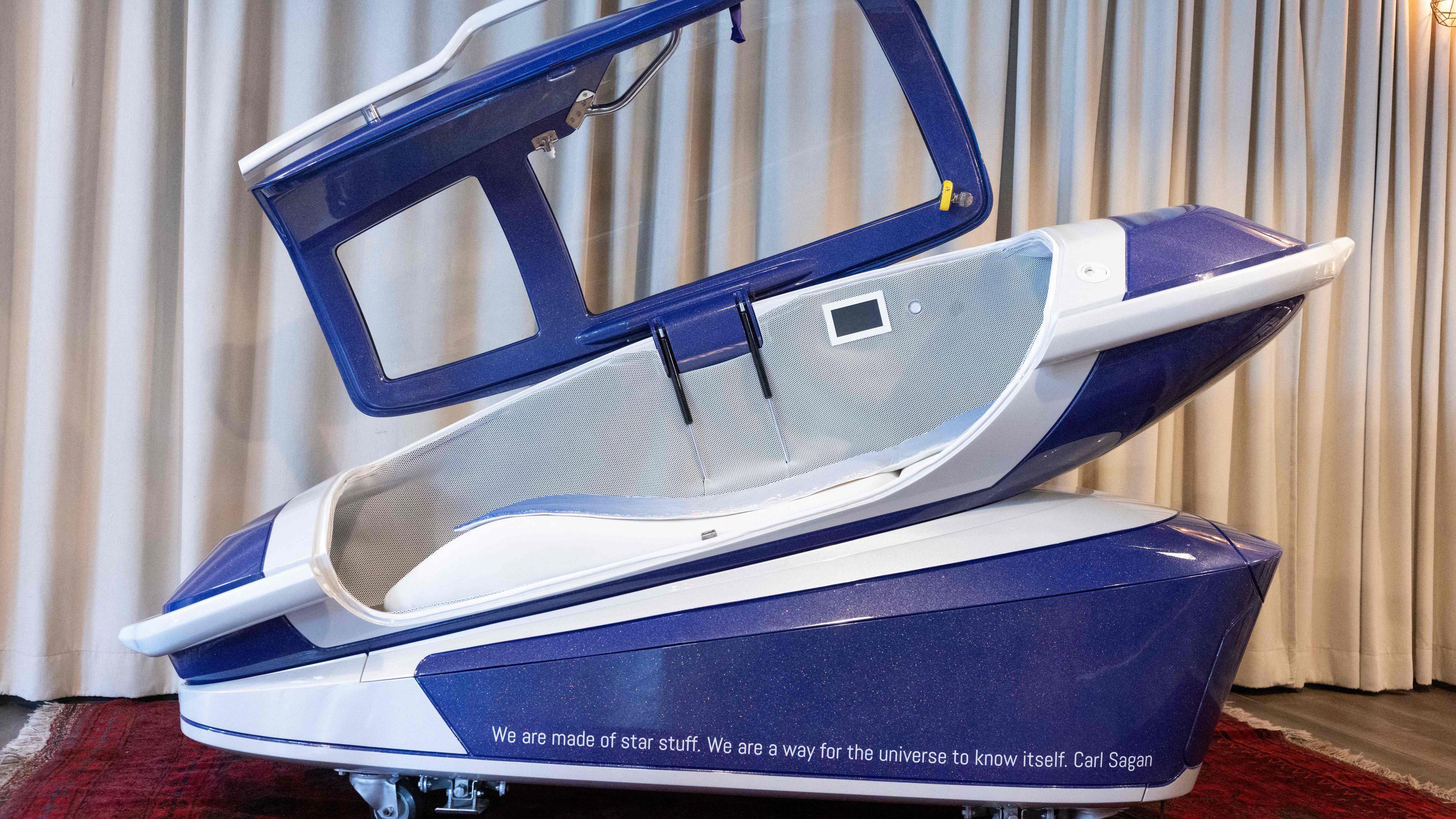Between trauma and modernity: a Warsaw trip that moves

« You can ignore the story and see Warsaw as a modern city, but if you are interested in it, you will find something on every corner, » says Witold Wrzosiński, head of the Jewish cemetery in Warsaw on Okopowa Street. The Warsaw native, which leads the over 33 hectare and led resting place in 1806, is quite right. But also the following applies: Anyone who does not notice the rich and often tragic history of Poland’s capital during a visit has to run through the streets quite blindly.
The Lazienki Park is the largest park in Warsaw and is home to numerous monuments and buildings. Photo: Geraldine Friedrich/dpa
At first glance, Warsaw looks like a chic and tidy metropolis: the architecture is appealing, the subway stations are styled and partly so clean that it already looks almost sterile. There are many parks for the retreat from the hustle and bustle part of city life, including the centrally located Łazienki-Park as the largest. On the Vistula, the Warsaw old town of districts such as Praga – today the center of the creative scene – shares, people frolic on the promenade.
In the vernacular called « Stalinstech »: The cultural palace was once a gift from the dictator to the city. Photo: Geraldine Friedrich/dpa
It starts with the story at the Kulturpalast, the barely overlookable monumental building, which was built at the behest of Stalin in the 1950s. At almost 240 meters, it is still one of the highest buildings in Poland. Once perceived as a symbol of oppression, the Warsaws with the « Stalinstech », which, among other things, native to museums and cinemas, have made their peace today. Tip: Raise the elevator and let the view over the city and river wander.
The old town of Warsaw with the Warsaw Königsschloss (right) is part of the UNESCO World Heritage Site. Photo: Jan Woitas/dpa
The Centrum Nauki Copernik, which is named after Nikolaus Kopernikus, also lies on the Vistula banks. The astronomer born in Thorn is one of the most important scientists in the country.
Stone banned in stone
In the neighborhood you discover the former Powiśle electricity plant, a factory building in which modern restaurants, cafes and shops are now housed. But with the electrownia Powiśle, more than industrial history combines. The work was a central place of the Warsaw uprising of the Polish home army against the German occupation in autumn 1944. Here, workers tried to supply the city with energy despite the fighting.
Document of tragic history: shooting range next to the former electricity plant. Photo: Geraldine Friedrich/dpa
In addition to the power plant, almost overgrown from ivy, shooting stewards from World War II. The Nazis took the uprising as an excuse: at Heinrich Himmler’s command, they bombed the entire city center.
Photos from this time can be found in the museum about the Warsaw Uprising and in the Polish, a museum about the 1,000-year history of the Polish Jews, which is also dedicated to the Holocaust.
Between mid -April and mid -May 1943, the remaining Jewish population had risen against the Nazis when it was uprising in the Warsaw Ghetto. It was the greatest Jewish resistance campaign against the Schoah, it also ended tragically.
Cast iron plates on the floor mark the outer limits of the former ghetto at 22 places. To the west of the Vistula, where the historical core, royal castle and ghetto were, there was no stone on the other at the end of the war. However, the Warsaws set up an office for the reconstruction of the capital in 1945. As if possible, they wanted to rebuild everything true to the original.
Citizens’ houses in the old town: they were badly damaged in the Warsaw uprising against the National Socialist occupation in 1944 and rebuilt true to the original after the Second World War. Photo: Friedemann Kohler/dpa
Warsaw old town has been wearing the UNESCO World Heritage Site since 1980. It is considered the best known example of a reconstructed city worldwide. The memorial for the heroes of the Warsaw Ghetto at the Museum Polish is also of great interest to historical travelers: it was on December 7, 1970 when the then Chancellor Willy Brandt spontaneously knelt here. His knee from Warsaw was a gesture of asking for forgiveness.
Memory for the heroes of the Warsaw Ghetto: here in 1970 Willy Brandt knelt down to commemorate the victims of the Nazi regime. Photo: Jens Büttner/dpa
One of the most important monuments is the « envelope area » in the area of the Warsaw Ghetto so -called by the Nazis: from there, about 265,000 Jews were deported to the Treblinka extermination camp, which was 100 kilometers northeast.
The Jewish cemetery, which was once part of the ghettograin, was spared from the bombs. And so he is a testimony with his partly monumental tomb works for Head of Wrzosiński, as generations of Jews lived in Warsaw.
The Jewish cemetery on Okopowa-Straße in Warsaw was spared the destruction. Photo: Geraldine Friedrich/dpa
60 people work on the huge area, including 30 archaeologists, the buried jewelry, porcelain, but also rifles and cartridges from the time of resistance. Wrzosiński: « We all know how they died, but let us show how they lived. »
Rice information
The old town Warsaw was rebuilt true to the original after the war – and is now a UNESCO World Heritage Site. Photo: dpa infographic
The travel destination: Warsaw is located in the Masovia Voivodeship and is the most populous city of Poland with around 1.9 million inhabitants.
Best travel time: May to September
Arrival: For example, by direct flight with Luxair within a few hours.
Local transport: You can get tickets for bus, tram and subway at the machine or by app. The simple trip (75 minutes) costs about 1 euro, a 24-hour ticket is just under 4 euros.
Further information: go2warsaw.pl and polen.travel.





:format(jpeg):fill(f8f8f8,true)/s3/static.nrc.nl/bvhw/wp-content/blogs.dir/114/files/2019/01/vos-marjoleine-de-online-homepage.png)


